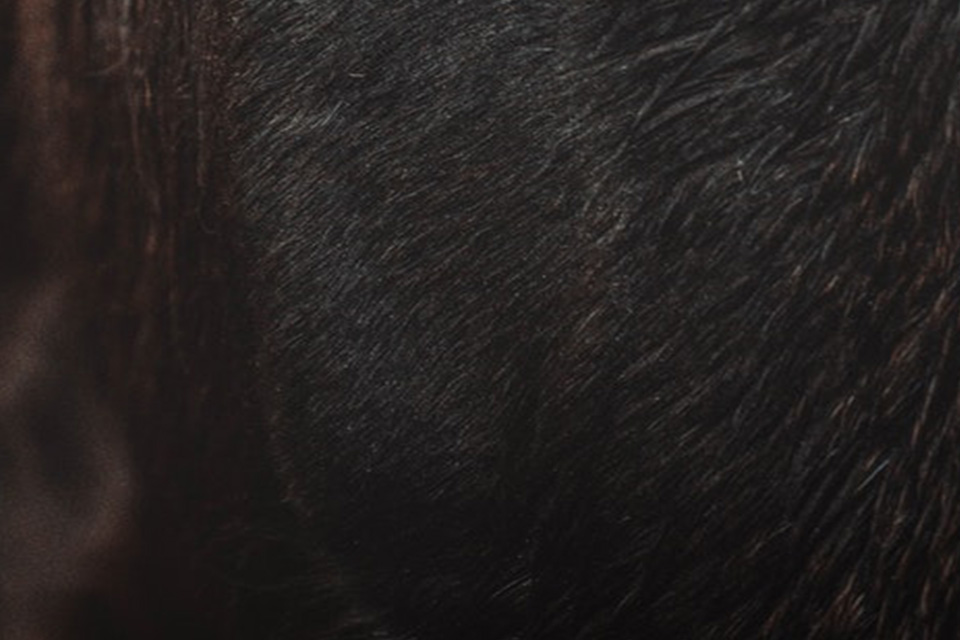Some people may wonder why, as mentioned above, a motivation to pursue health and long life is considered unwholesome, but here it turns up in the section of wholesome motivation. The previous one is unwholesome in the sense that it only aims to take care of things for this life; whatever of the next life is not its concern. The inferior disciples, on the other hand, do not seek enlightenment nor rewards for this life. Their goal is to obtain temporal blessings for the next life, which makes it a wholesome motivation.
~ Depicted from THE RIGHT VIEW - The Three Supreme Methods—the ultimate methods of cultivating virtue and training the mind











